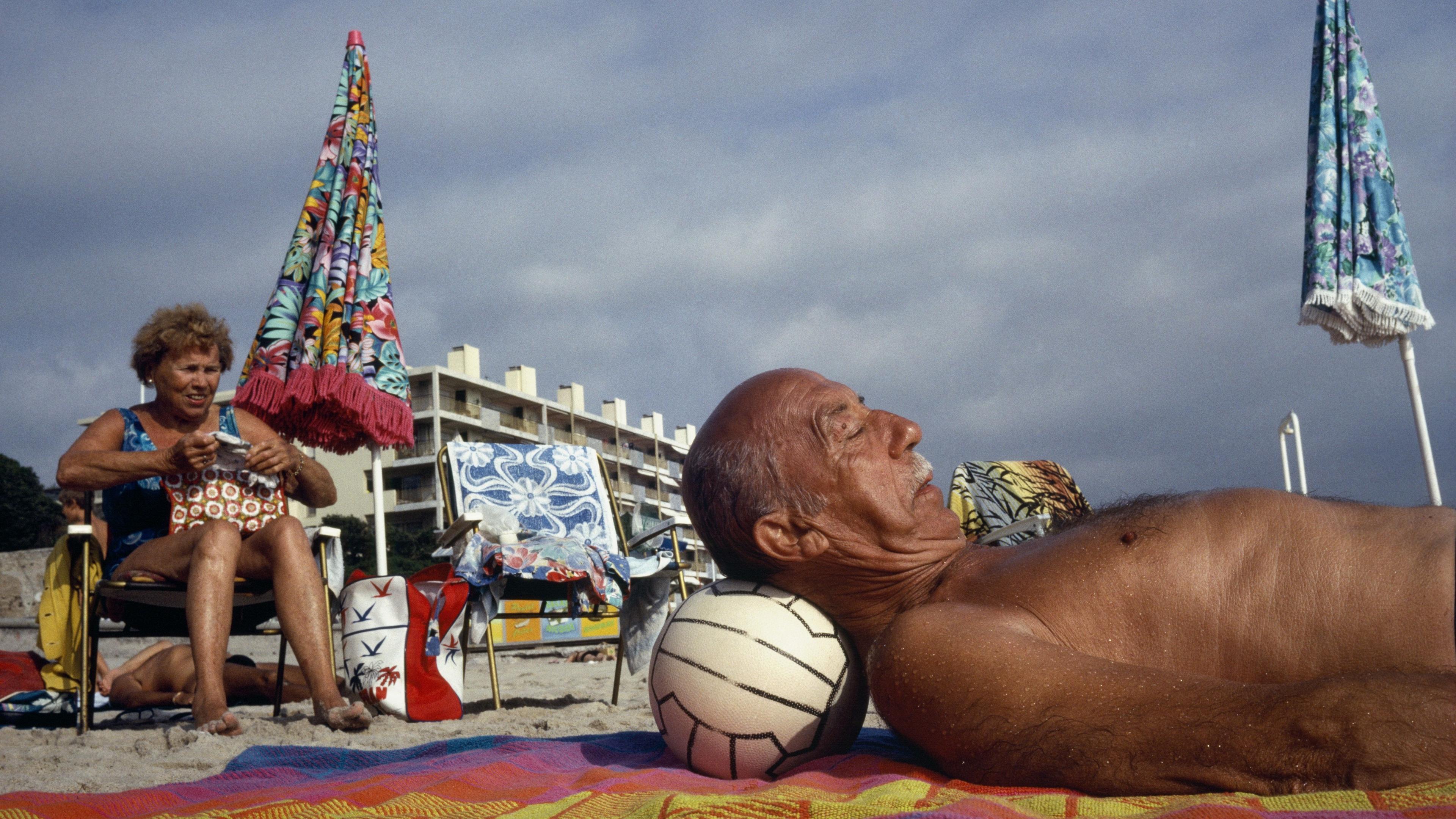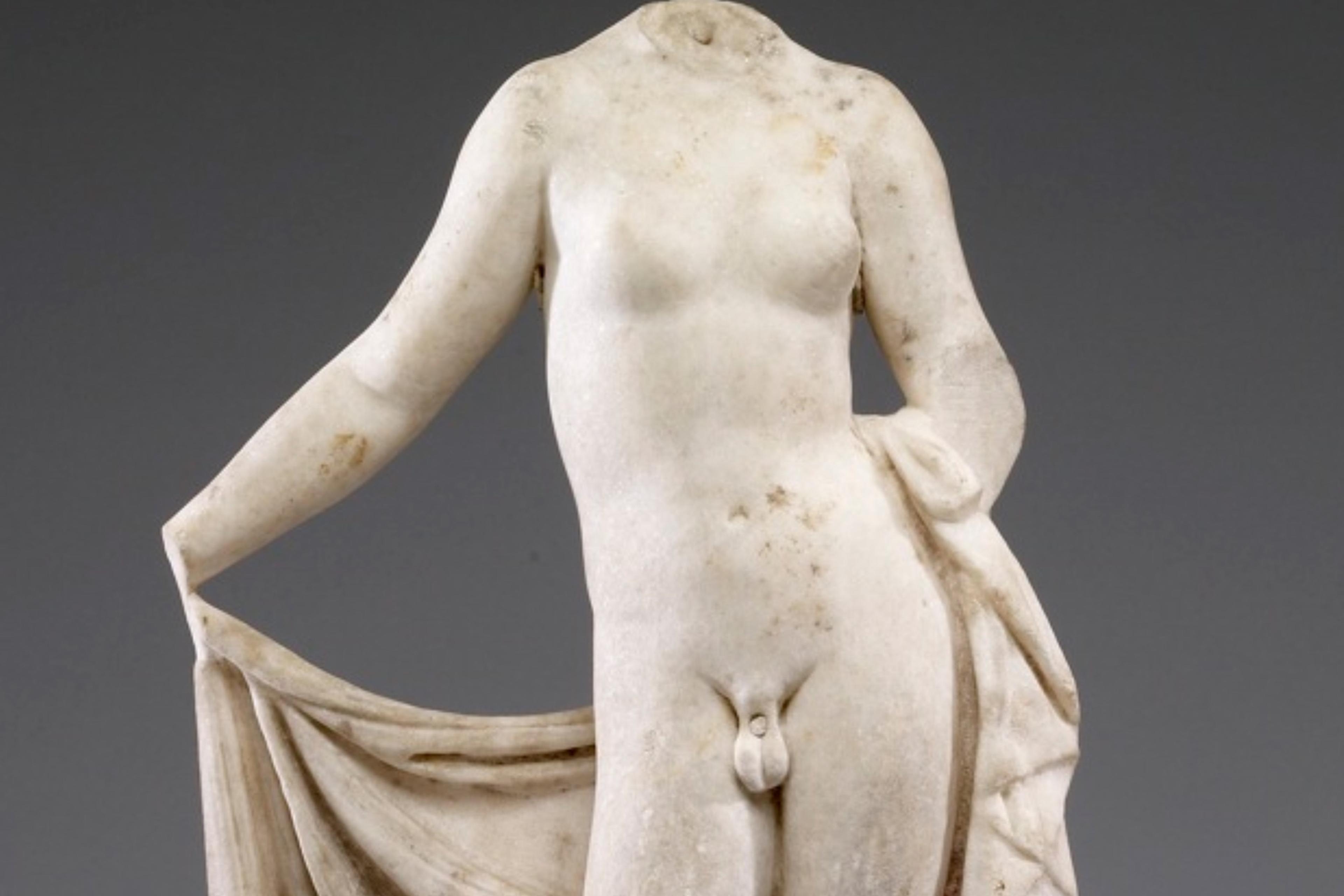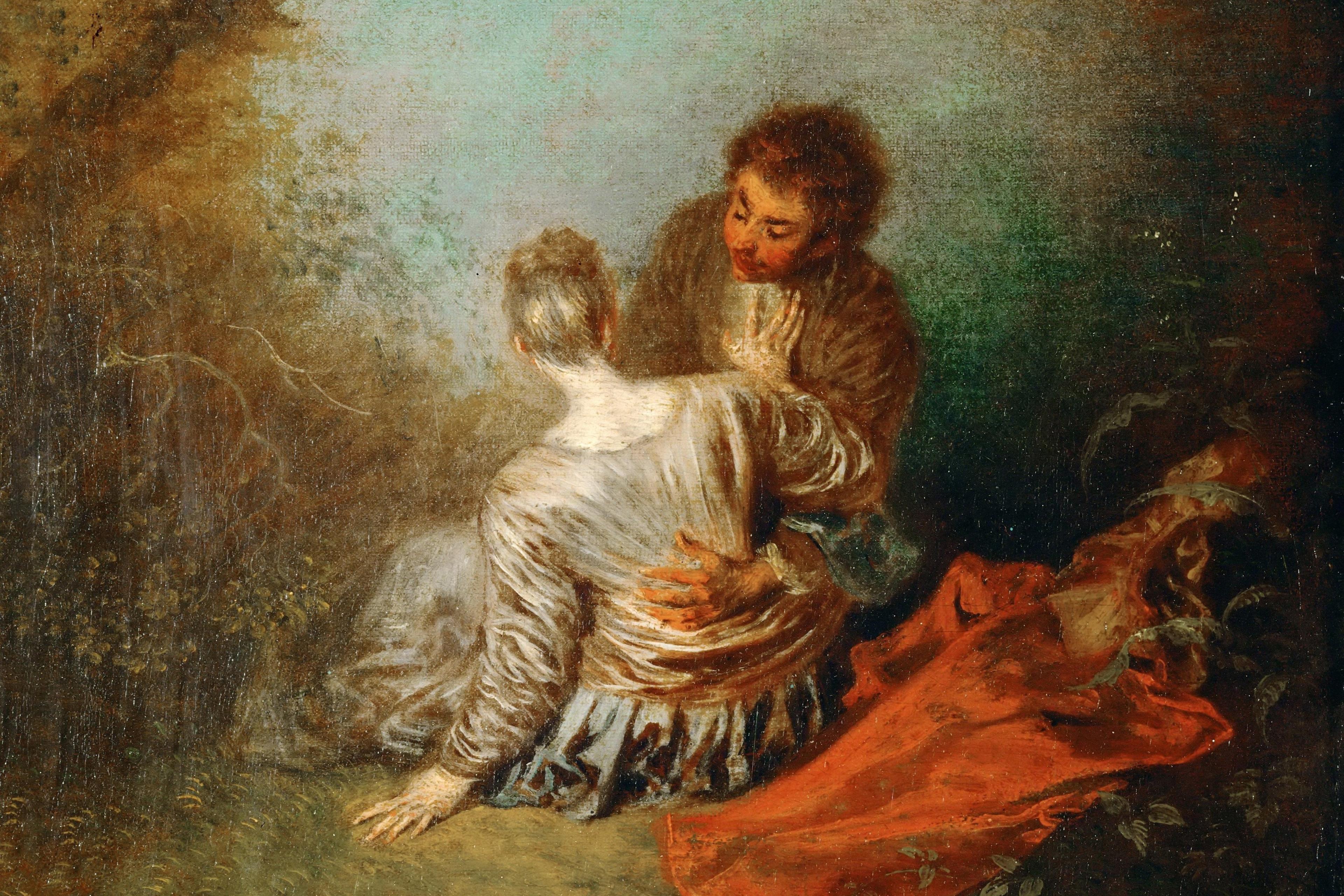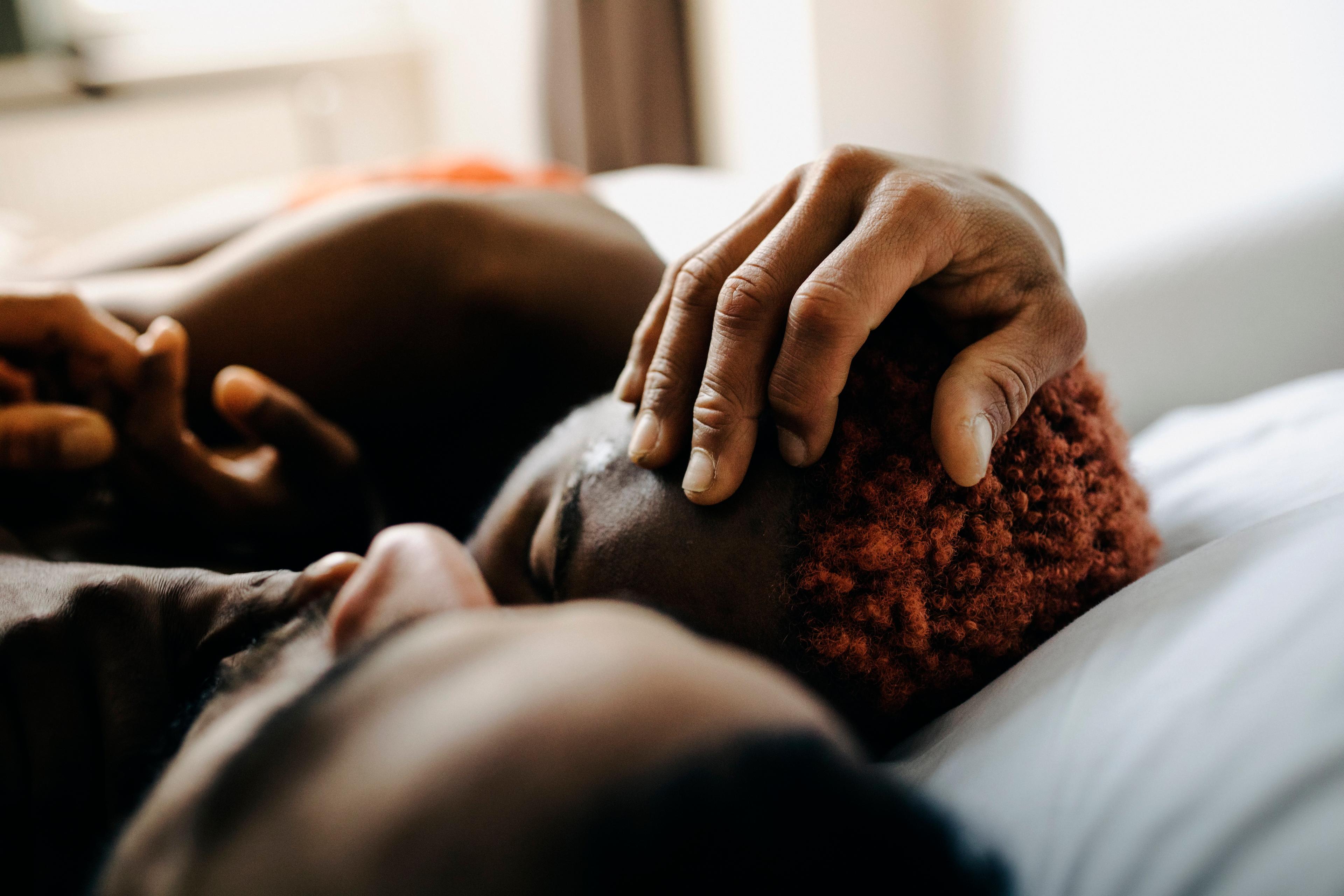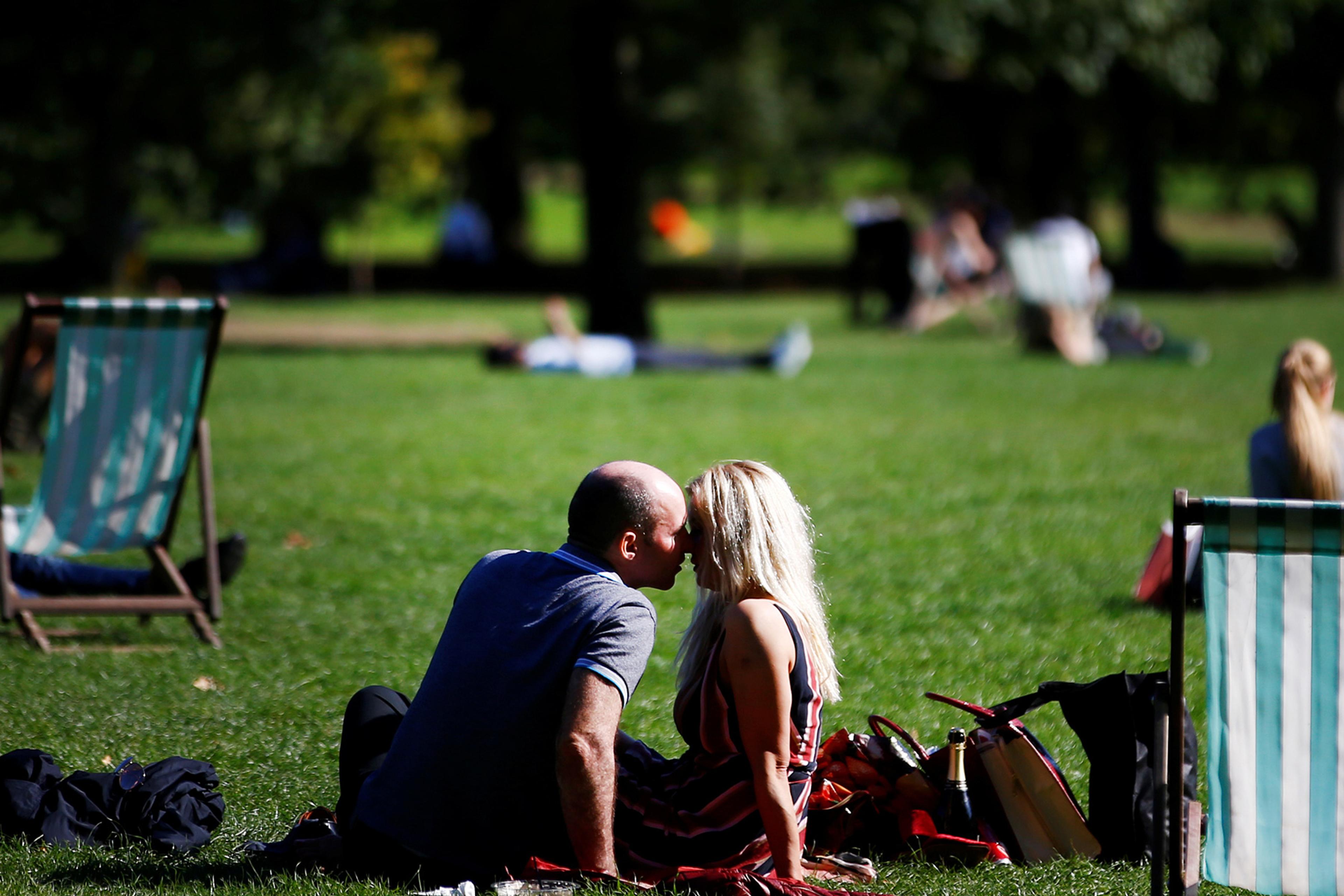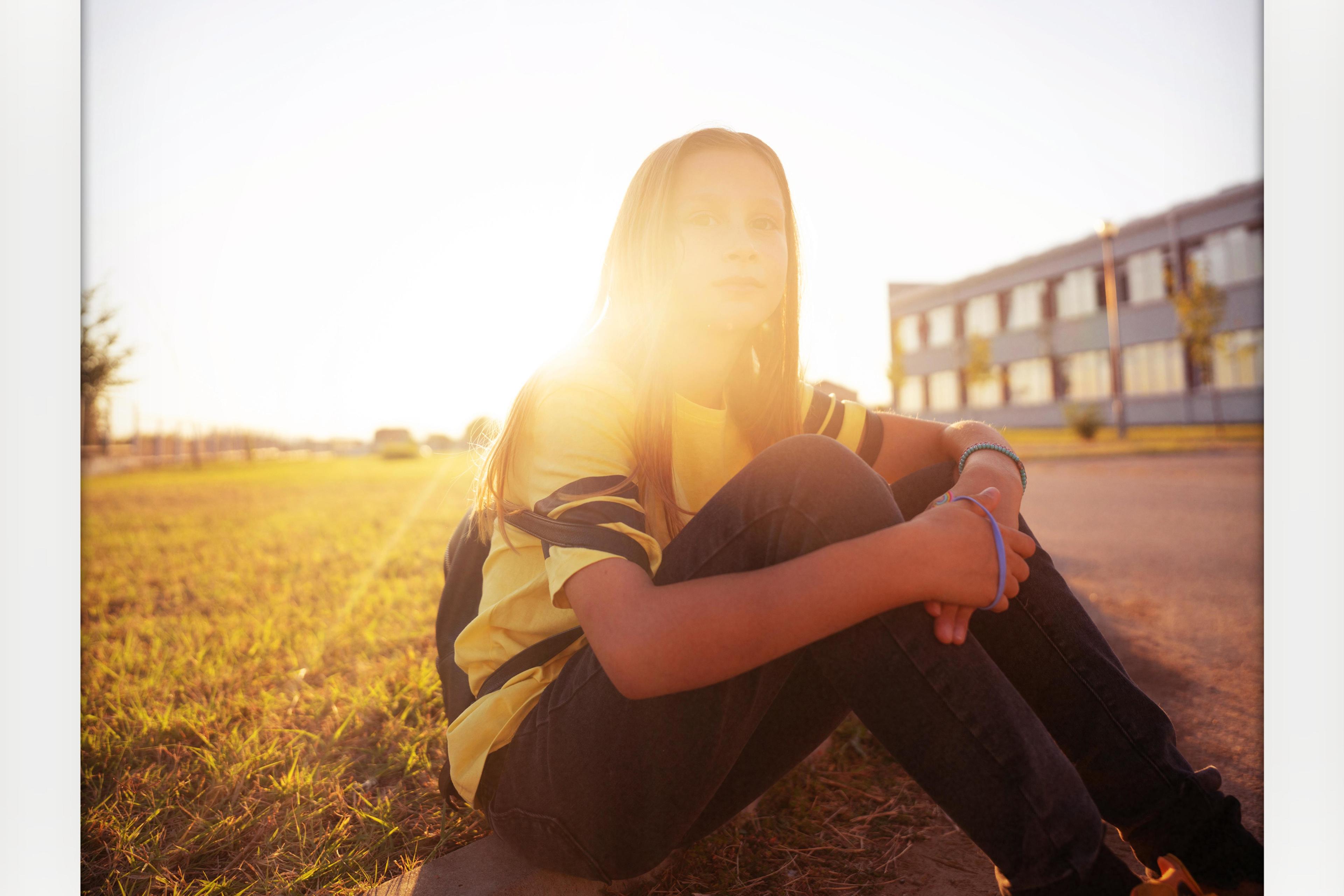Among all the ways sexual behaviour could be categorised, gender object choice might just be the worst. When asked about their sexual identity, almost everyone would respond with their gender object choice (GOC). That is, they would tell you the sex or gender of the human with whom they habitually want to engage in sexual activity. In GOC, a person is reductively defined by the people with whom they would like to engage in overt, clear sexual activity. All of one’s sexuality coalescing into one moment in which someone opts to engage in intercourse? That seems uncomfortably constricting. Are you really just who you want to get sexy with? Even as a lot of folks are embracing nonbinary identities, trans bodies and generally being queer, the Victorian idea of sexual identity being primarily about sexual orientation lingers. Aside from concerns about gender as a spectrum in which homo (from the Ancient Greek for ‘the same’) and hetero (from ‘the other’) do not hold up so well anymore, GOC relies on object choice. A system that relies on intercourse, and GOC as its totem, not only limits what can be considered as sexual activity, it limits the time in our lives we are permitted to be sexual and allows space to criticise commonplace behaviour.
Teenagers experience a sexuality best termed as experimental. Today’s teens are very open about it. In a 2019 study, around 20 per cent of teenagers considered their sexual orientation to be ‘fluid’ based on what they find attractive for sexual purposes, as they understand sex. Some young adults are also less likely to constrain the activities they consider under the rubric of ‘sex’ and may have multiple partners at one time or engage in various forms of kink. Colleges and vibrant urban environments can provide plenty of other willing partners, and the late teens and early 20s can be a very wild time. I think that, at this age, what we might call sexual exploration should be considered a sexual identity.
The majority of people are not likely to ever live a lifestyle reminiscent of a late-1970s swinger movie. A few more women than men are likely to report a change in their GOC by their late 20s – there is very little work on the habits of nonbinary people yet – but many people, regardless of gender, are going to pair up in their late 20s and early 30s, and nest. Moving in, building a life together, perhaps having children, and generally settling down are signs of modern adulthood. I think we can also consider this life stage as well to be a sexual identity.
Many previously sexually active people will partner by their early 30s and start families. If they have children, their sex life will be put on hiatus as all their energy goes into keeping tiny humans alive. Cohabitating couples who choose not to have children still report less frequent sex with their partners, due to habituation or some other condition. Many people spend this liminal time between youth and middle age in exclusive relationships with ever-decreasing sex. There are countless jokes about this stage of life in media from Hollywood blockbusters to Huggies commercials, and multiple industries to manage the perceived problems. Couples go to therapy. Self-help gurus and snake-oil salesmen offer the secret to rekindling the romance, as if what the parental romance needs isn’t just a good nap. But the truth of it is that people in committed relationships, especially those who are married, also report greater satisfaction with their partner than they did earlier. Less sex and all, coupled people seem to be comfortable with a little midlife cool-down.
For many people in this building stage – with all the exhaustion, divided attention, joy and satisfaction that goes along with parenting – this midlife cool-down reflects the realities of an individual’s desires and needs considerably better than any category based on the genitalia or identity marker of the person with whom they might like to be intercoursing, if they had the energy for that. Humans have entered a quieter stage in which the pleasures of the flesh demand much less attention than before. It matters not what gender the partner is; what matters is that someone is partnered.
Erectile dysfunction, plummeting oestrogen levels and general bodily deterioration tend to limit the enjoyment, and thus the frequency, of penetrative intercourse. The activities that seniors might enjoy broaden to involve more manual and oral stimulation, and may involve intimacy that is less embodied and more emotional. Once again, the gender identity or sexed body of the partner has considerably less impact, and tells us just as little about the sexual needs and habits of the person in question.
Because of the rather transient nature of modern young people, particularly their willingness to try on a number of identities and sexual practices, their experiments are often labelled ‘phases’ in the most dismissive of terms. Lesbianism is commonly written off as a ‘phase’ for a college undergrad if she marries a man and reproduces, one more LUG (‘lesbian until graduation’) or ‘hasbian’ statistic. But this dismisses those same-sex desires, focusing instead on the years of hetero marriage that might well be relatively unsatisfactory in quantity and quality when compared with earlier undergraduate escapades.
One possible reason for this dismissal is the phenomenon of compulsory heterosexuality, or comphet (pronounced ‘komp-Het’), the assumption that all people are hetero, that hetero is normal, and that deviance from that standard is, indeed, deviant. Indeed, this is a factor, as is compulsory sexuality in general – the widespread belief that all healthy people will have a sex drive and sexual desire. If they do not, they are broken. Some progress is being made here as asexual has joined the lexicon, as has some understanding of the people who claim the identity, but there is still much work to be done.
Another issue is the general rom-commodification of romance, the idea that we are all looking for our happily ever after, and anything we do before then is practice for ‘the one’. If the only things that count as genuine when considering identity are the identities that last until the grave, well, what does that leave? Was the first marriage a phase? Was any sort of sexual expression a phase after a certain age? When our bodies fail us, when we eventually become disabled, as we all will, does that mean our sexuality was never real? Do we dismiss those feelings just because we don’t have them anymore?
GOC also fails because it tries to limit us to one position forever. In our 20s, some of us will partner and procreate. Some of us will settle into singledom willingly, while some of us will hate it. Some of us will leave our spouse after the kids leave home, and settle in with an old college roommate. Some of us will finally find a sexual relationship that is perfect in our golden years. Some of us will do all of these things in a different order and/or in rapid succession. That doesn’t mean that the college lesbian was in the midst of a phase, or that someone’s first crush on a same-sex best friend wasn’t meaningful, or that we did not truly love and enjoy our first spouse. It just means that we’re ever-changing, ever-evolving creatures.
The homo-hetero binary, even if expanded to include bi-, poly-, omni-, pan- or any other prefix, will still be inadequate and incomplete. Our language, our understanding, our culture and our technology have changed in 150 years, and we’ve embraced that change. It’s time to let go of a system for sexual identification that was developed 150 years ago by a small group of European intellectuals and that pathologised homosexuality. It’s time to let go of a system that centres a person’s sexuality in another person’s body.
I propose we begin to think about sexual identity as something that develops with us, that is embodied as much as living in the mind, that encompasses all our erotic and emotive urges, and gives space for personal pleasure and joy for our entire lives. We might find a way of discussing sexuality that would make sense to everyone. We would definitely find a way of discussing sexuality that would minimise feelings of misery and ostracisation. We could think more about harm than normalcy. We could think more about personal satisfaction and growth, finding the behaviour that would make us the happiest, not forever, but for right now.
